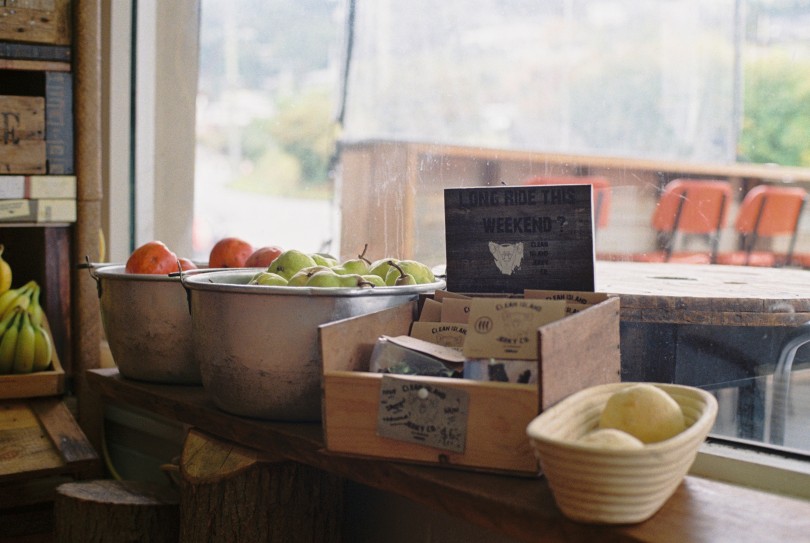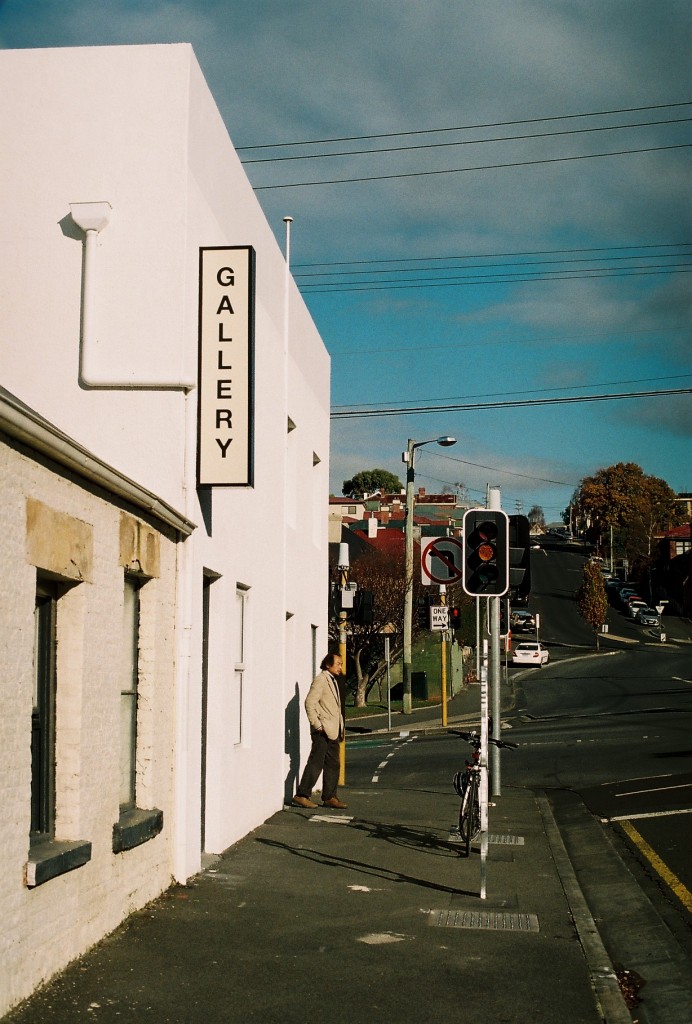All images from the author
You’ve probably seen these stereotypes done within an inch of their lives: The artisanal baker, the moustache-laden bike repairer, or the craft beer distillery run out of someone’s basement. But don’t laugh just yet, because they could pave the way for Australia’s future prosperity.
This is thanks to a new report from the Foundation for Young Australians finding that about 60 per cent of undergraduates and 70 per cent of TAFE students are training for jobs that may not exist anymore.
So for people whose work can’t readily be automated, how much of a role will they have in Australia’s economy of the future?
“The creative industries are an area which will not be identified as being redundant in 10 years,” said Jane Scott, CEO and Artistic Director of Craft Victoria.
Craft Victoria is the state’s peak body for contemporary craft and design, and it has seen a burgeoning demand for its small-scale, high-quality products. Scott said creative practitioners always have to respond to “the new”, which has meant that their roster of craftspeople always seem to have a leg up on things which have been reproduced ad nauseam.
“As an artist you can’t rest on your laurels, because you’ve got to keep pushing the boundaries and they’re really good at that,” she says.
Granted in any industry, responding to change is a given, but artists, designers and other creatively minded people seem to be placed better than most to respond to the challenges of globalised 21st century economies.
But what exactly does this response look like?
“It’s about creating value,” said Melissa Delaney, senior arts officer at RMIT Link Arts and Culture. “Value for what you can offer. Monetising your practice and outcomes, and creating value for your time and your ideas.”
The artistic landscape is one that is notoriously competitive. In a world where art school graduates compete with their peers across the globe, the idea of the global marketplace is a lot more apparent here when you realise photographers and visual artists get their jobs from Instagram.
But while creative jobs might be taking the place of dying industries, people like Scott think that some students aren’t necessarily being equipped with the means to participate in a cutthroat global economy.
“Students are paying for their education like never before, so it’s their responsibility to ensure that their graduates come with the full understanding and knowledge to run their small business in order to effectively participate in the workplace,” she said.
What about graduates of the future?
For current students, like Hope Lumsden-Barry, this landscape is something that presents equal opportunities, as there are challenges. On top of her degree in communication design, she’s launched her bespoke paper crafts business, Modicum Codex, which is a lot more exposed than you’d normally think it would be.
“At the moment I really do feel as though I’m operating at a really local level. But I guess my online presence is technically global, and if you think about Instagram it reaches a global audience,” she said.
But as older industries push people into unemployment, it’s important to remember that creative participation isn’t just the domain of art schools and a trendy blog.
“Anybody can be creative. For RMIT students it’s about inclusivity and cross-disciplinary modes of practice. There is a shift away from distinct discipline areas and towards fostering creative thinkers,” Delaney said.








